The European Union’s Strategy for Sustainable and Circular Textiles, which was formally passed in the European Parliament in June 2022, is set to bring significant changes to the global textile industry. By 2030, it requires all textile companies selling products in the EU to meet specific standards related to durability, hazardous substances, recyclable fibers, and
The European Union’s Strategy for Sustainable and Circular Textiles, which was formally passed in the European Parliament in June 2022, is set to bring significant changes to the global textile industry. By 2030, it requires all textile companies selling products in the EU to meet specific standards related to durability, hazardous substances, recyclable fibers, and human rights protection throughout the supply chain. It also mandates that manufacturers take responsibility for the waste generated by their products, with a ban on destroying unsold or returned textiles.
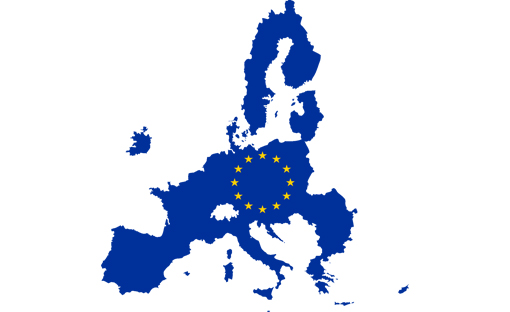
This strategy will have a substantial impact on Asian manufacturers, who supply over 70% of the EU’s textiles. To continue selling their products in Europe, Asian companies will need to comply with the new standards.
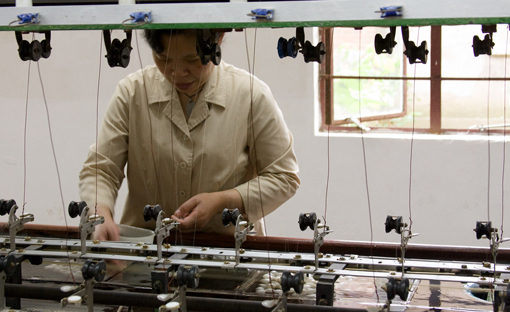
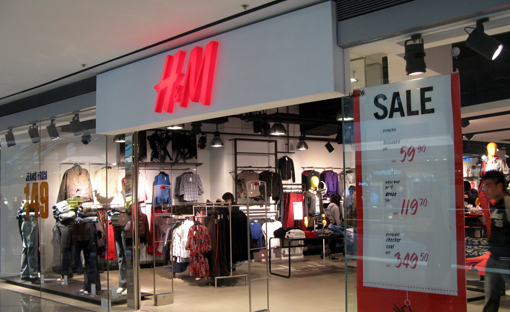
Major European fashion retailers like H&M are already taking steps to align their supply chains with the strategy. They are working with their suppliers in countries like China and Bangladesh to transition to more sustainable practices, including renewable energy use and reducing reliance on fossil fuels.
However, many Asian textile manufacturers still face significant challenges in meeting these new standards. These challenges include a lack of knowledge and resources related to sustainable practices, as well as the need to invest in new technology and processes. Moreover, the transition to a circular business model requires financial support, as estimated by Fashion for Good and Boston Consulting Group.
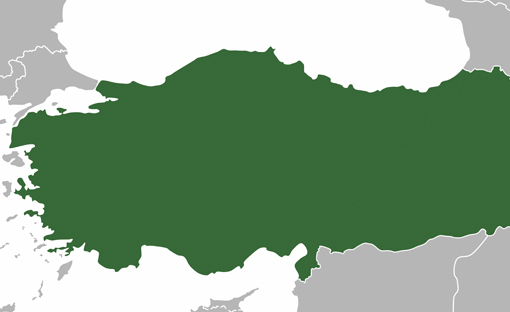
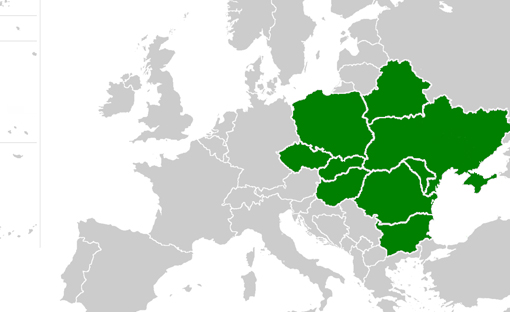
One potential consequence of the EU strategy is that European retailers may consider nearshoring or onshoring supply chains closer to their final markets, such as Turkey or eastern European countries, which are more EU-like in terms of standards.
In summary, the EU’s Sustainable Textile Strategy will compel Asian manufacturers to adapt to new sustainability standards to continue selling in the European market. While some manufacturers are already making progress, many will need support, knowledge, and financial resources to meet the requirements successfully. Additionally, the shift towards sustainable and circular fashion could lead to changes in sourcing strategies, with a potential impact on Asian suppliers’ competitiveness.



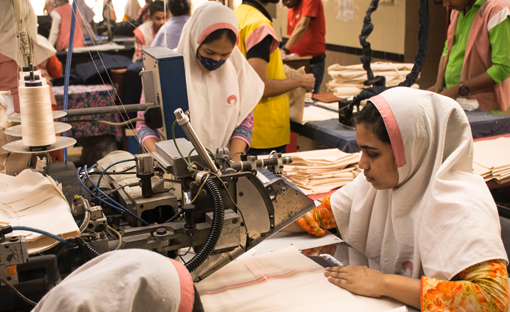






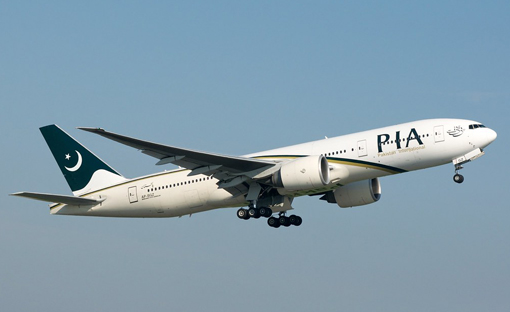






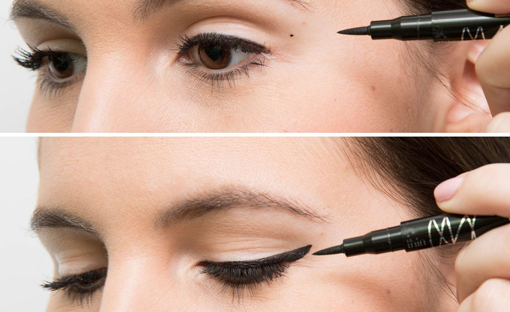

Leave a Comment
Your email address will not be published. Required fields are marked with *